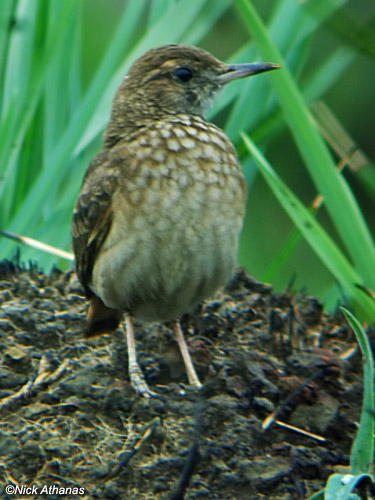
Geobates poecilopterus
SUBFAMILY
Furnariinae
TAXONOMY
Geobates poecilopterus Wied, 1830.
OTHER COMMON NAMES
French: Gйositte des campos; German: Camposerdhacker;
Spanish: Caminera de Campo.
PHYSICAL CHARACTERISTICS
Body length is about 5 in (12.5 cm). Bill is short, slightly
downcurved, and pointed. The tail is short. The sexes are similar.
The overall coloration is light brown, with a lighter buffbrown
belly, a whitish throat, and a light stripe over the eye.
DISTRIBUTION
Occurs in interior regions of south-central Brazil and northeastern
Bolivia.
HABITAT
Inhabits grassy glades within tropical forest and open grassland,
but needs at least a few scattered trees. Appears to favor
areas that have recently been burned. Generally occurs at
1,600–3,950 ft (500–1,200 m).
BEHAVIOR
Non-migratory. Pairs of breeding birds defend a territory. The
song is usually given during a hovering display flight, and is a
simple, repeated series of buzzy notes.
FEEDING ECOLOGY AND DIET
Forages for insects on the ground. Sometimes perches in
shrubs or trees.
REPRODUCTIVE BIOLOGY
Builds an oven-shaped nest of clay. Both the male and female
incubate the eggs and rear the nestlings.
CONSERVATION STATUS
Not threatened. A locally abundant species.
SIGNIFICANCE TO HUMANS
None known.
Other popular Animals
Photo Gallery of - Campo miner
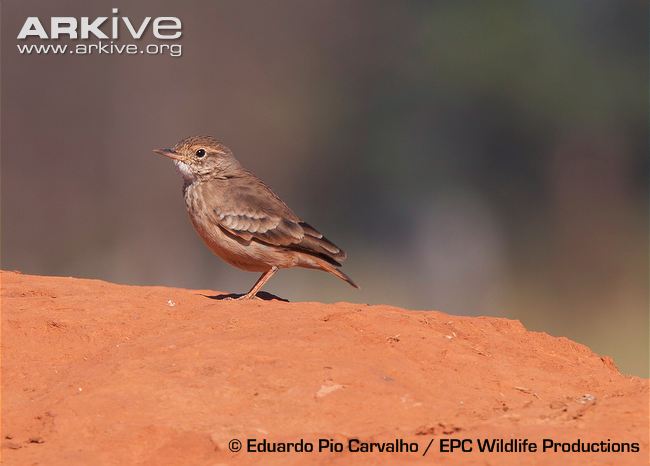
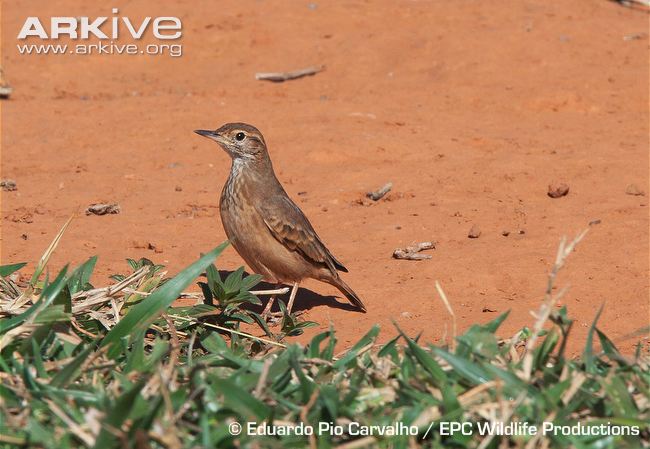
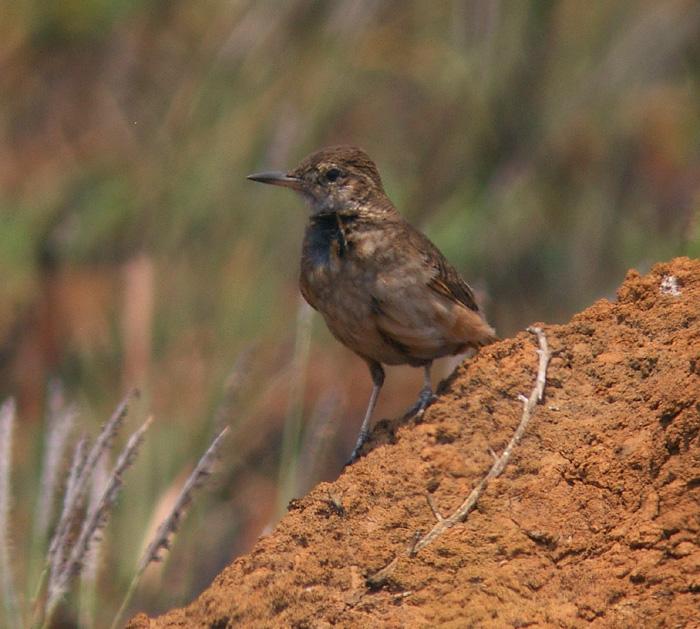
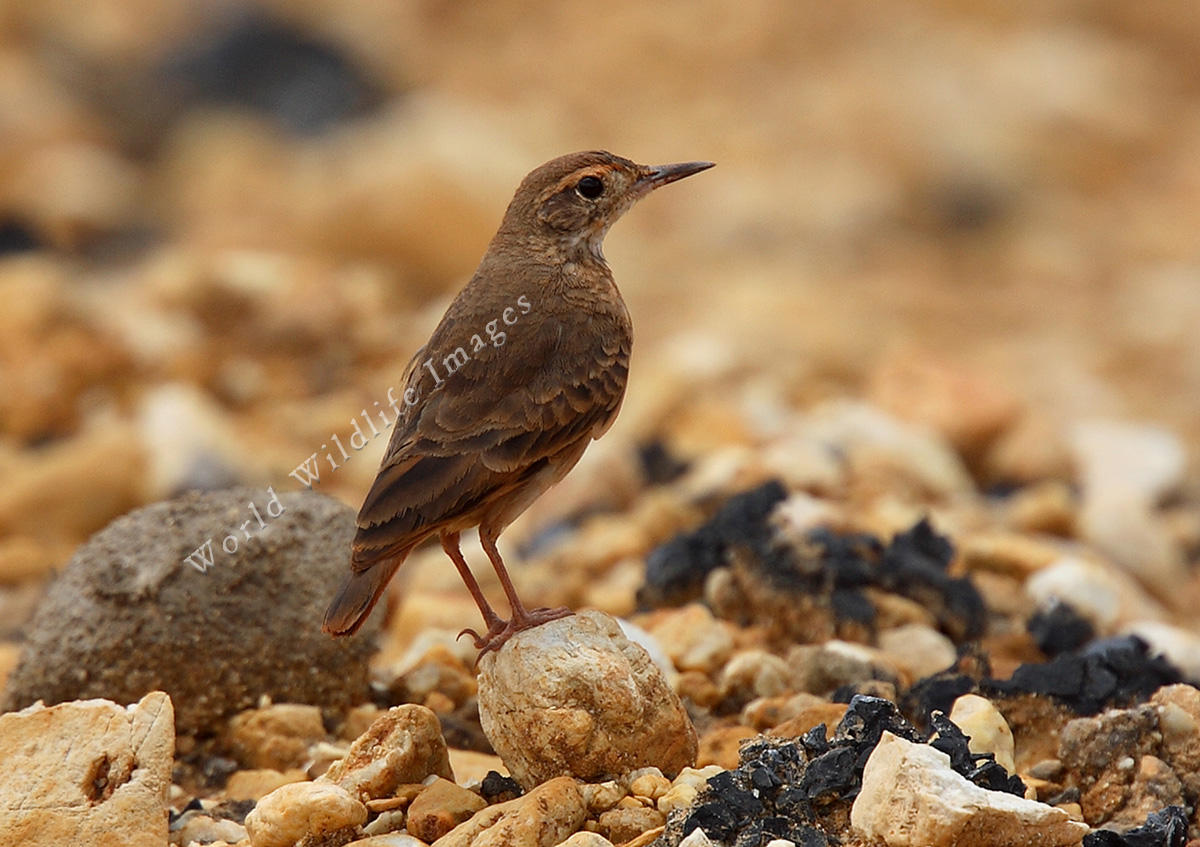
 Animalia Life
Animalia Life